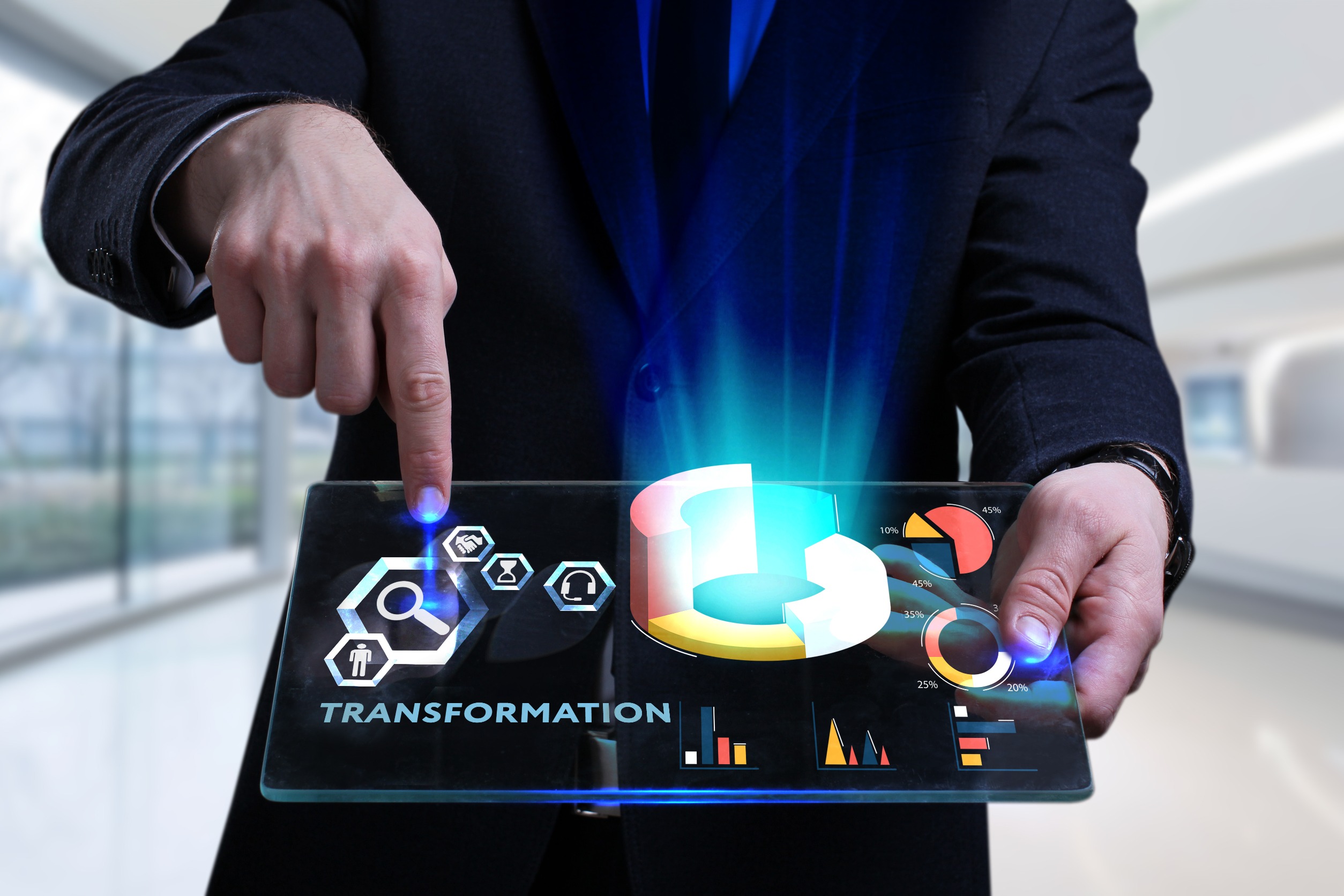Transformation doesn’t have an end date (Reader Forum)

The vast majority of CSPs have digitally transformed the systems and automated many of the processes to support their B2C customers. Many are now turning their attention to transforming the systems that they use to support their B2B customers.
Here is where they find many new monetization opportunities such as network APIs, B2B2X models, new vertical markets, marketplaces, super apps and the introduction of new technologies (including GenAI) that can significantly impact processes.
Transformation, like innovation, doesn’t have an end date: CSPs need to continuously innovate and transform to grow. There will always be new use cases, new processes and new ideas to support, and CSPs need to have the best tools in place to create an environment where continuous innovation and transformation is the norm.
SaaS spending on the increase
In order to be more efficient and be able to better manage change, CSPs are ramping up their investment in SaaS solutions and related services. Analysys Mason published findings in 2024 that forecast a CAGR (Compound Annual Growth Rate) of 18.4% on CSP spending on SaaS between 2023- 2028. The main driver for this investment in SaaS is CSPs transforming legacy IT systems to be able to support the opportunities in 5G Advanced, B2B and wholesale services.
CSPs need to be in control of their own destiny and should not be hindered by a vendor’s product roadmap or outdated (and expensive) change request process. Modern SaaS based BSS and monetization systems are cloud-native and microservices based.
Advances such as CI/CD (continuous integration / continuous delivery), SBA (service-based architecture), open APIs and the TM Forum Open Digital Architecture have all helped with the evolution and adoption of SaaS based BSS and monetization systems.
How fast can CSPs innovate?
Providing a SaaS based, cloud-native system is only one part of the solution. Questions still need to be asked about software development. How long does it take to make a change and how much does it cost?
With CSPs it is often the marketing, sales, care, retention and product teams who are developing new ideas, offers, business models and process and therefore making demands on BSS and monetization systems by asking for new features, functions and processes.
If they’re asking IT for these new features and IT can supply these in a matter of days then great. However, if IT still has to go back to the vendor who kicks off a traditional change request process then that’s not so great as this process could take months. This is a stop-start approach to enabling innovation and it simply won’t work.
What’s more, this is hitting CSPs’ profitability. In a TM Forum survey of CSPs in 2023, it emerged that a staggering 91% of CSPs said that they had missed business opportunities because they could not launch products or services fast enough.
With the rate of change in the telecoms industry and the new business opportunities 5G SA and 5G Advanced will bring, BSS and monetization system transformation and innovation enablement should be continuous. These systems should constantly adapt to meet the market changes and do so in a cost-effective, agile manner.
This means taking a business-first approach to BSS and monetization systems and adopting agile business operations where the business users (marketing, care, product management, etc) of these systems can work with IT teams to implement new rules and processes using a visual tool.
This requires a no/low code approach where configuration over customisation is standard. The benefits include faster time to market, faster innovation cycles, while concept to cash timescales and cost to serve are significantly reduced as the lengthy and expensive change request models favoured by legacy vendors become redundant.
How to build continuous business transformation and innovation capabilities into BSS and monetization systems
Instead of transformation being applied to BSS and monetization systems via system upgrades and change requests we have now moved to an approach where the transformation and innovation capability is embedded into the systems.
These include the visual tools for creating and adapting business processes and rules with no/low code. This means that innovation and business changes can be done in a new agile way by the CSP. In addition, SaaS ensures that the systems are continuously updated via CI/CD pipeline to the core capabilities of the systems.
SaaS and no/low code provide the foundation for the shift to agile business operations in CSPs. They can align operations and IT around core processes that support core business goals in such a way that they are focused on delivering business outcomes and can quickly and cost effectively be changed if needed.
This approach of having transformation and innovation ‘built-in’ to BSS and monetization systems yields higher degrees of freedom for innovation and faster time to market for commercial initiatives while decreasing the total cost of ownership.

Comments are closed.